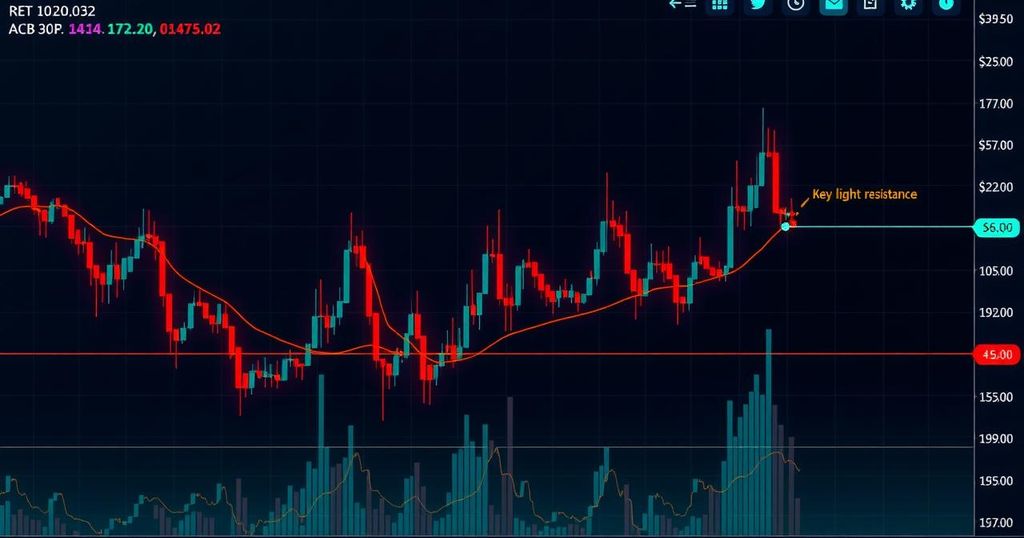Navigating Bitcoin’s Volatile Price Journey: A Comprehensive Overview
Bitcoin has undergone significant price fluctuations since its launch in 2009, beginning with negligible value and experiencing several dramatic peaks and troughs. Key milestones include reaching surges above $60,000 and plummeting below $30,000 amid market corrections. The asset’s volatility is often driven by supply-demand dynamics, market sentiment, and broader economic conditions, with Bitcoin maintaining its status as a prominent digital asset.
Bitcoin has experienced a notably volatile trading history since its inception in 2009. The first significant price surge occurred in October 2010 when Bitcoin’s value rose above $0.10. From there, it traversed a path marked by rapid increases and steep declines, capturing the attention of investors and the media alike. Throughout the years, Bitcoin’s price fluctuation has been influenced by various external factors, including supply and demand, market sentiments, and broader economic conditions.
In its early years, Bitcoin’s price was virtually nonexistent, starting at zero and advancing to $0.30 by the end of 2010. In 2011, a dramatic increase led to a high of $29.60, followed by a significant market downturn that saw its value plummet to around $5 by the end of that year. The cryptocurrency largely stagnated through 2012 but returned to growth in 2013, closing the year at $732 after surging above $1,000 in November.
The years 2016 to 2020 showcased further growth, with Bitcoin breaching $2,000 in mid-2017 and reaching nearly $20,000 by December of the same year. A period of stagnation followed, characterized by small fluctuations until the pandemic in 2020 catalyzed a rapid rise, culminating in a closing price of $28,993 by year’s end.
The period from 2021 to 2023 was marked by dramatic peaks and valleys. Bitcoin’s value exceeded $40,000 in January 2021 and reached an all-time high of $69,000 by November. However, by mid-2022, the price languished below $30,000, reflecting a market correction amid global uncertainty. Significant improvements were seen in 2023 when Bitcoin consistently climbed from a $16,530 opening to a closing price of $42,258.
Looking at early 2024, Bitcoin’s price surged following the approval of Bitcoin Spot ETFs. Prices reached new heights with a peak of $73,835 in early March before halving later that month. A robust market sentiment prevailed, leading to all-time highs in November, where Bitcoin touched $99,637 before concluding the month over $100,000 on some exchanges.
Bitcoin, launched in 2009, emerged as the first decentralized cryptocurrency. It was designed for use as a digital currency, but investors quickly recognized its potential for significant price movements, inciting speculative trading. The asset’s volatility has drawn widespread interest from various sectors, including retail investors and institutional entities. Fluctuations in Bitcoin’s price often mirror broader economic trends and investor sentiment, making it a key indicator of the overall cryptocurrency market.
In summary, Bitcoin’s trading history epitomizes extreme volatility, characterized by rapid ascents and steep declines. The cryptocurrency has gained prominence over the years, often influenced by external economic factors and investor psychology. Despite its turbulent price actions, Bitcoin continues to attract interest as both a trading commodity and a store of value, providing essential context for investors seeking to navigate the cryptocurrency landscape.
Original Source: www.binance.com








Post Comment